This year, we are introducing the HR Oriented Workplace award.
This week, we awarded the recognition of HR Oriented Workplace 2020 to several great companies and institutions.
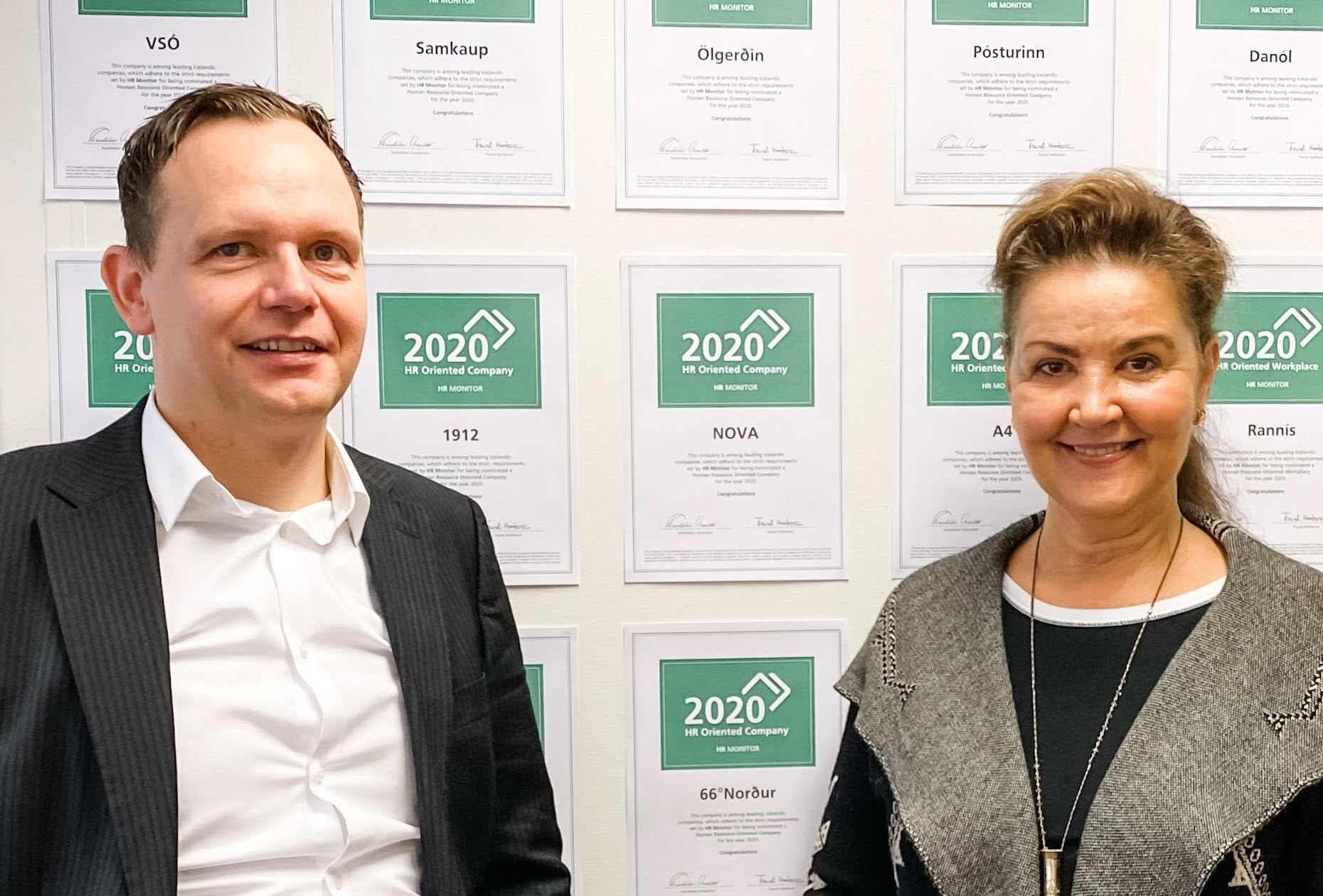
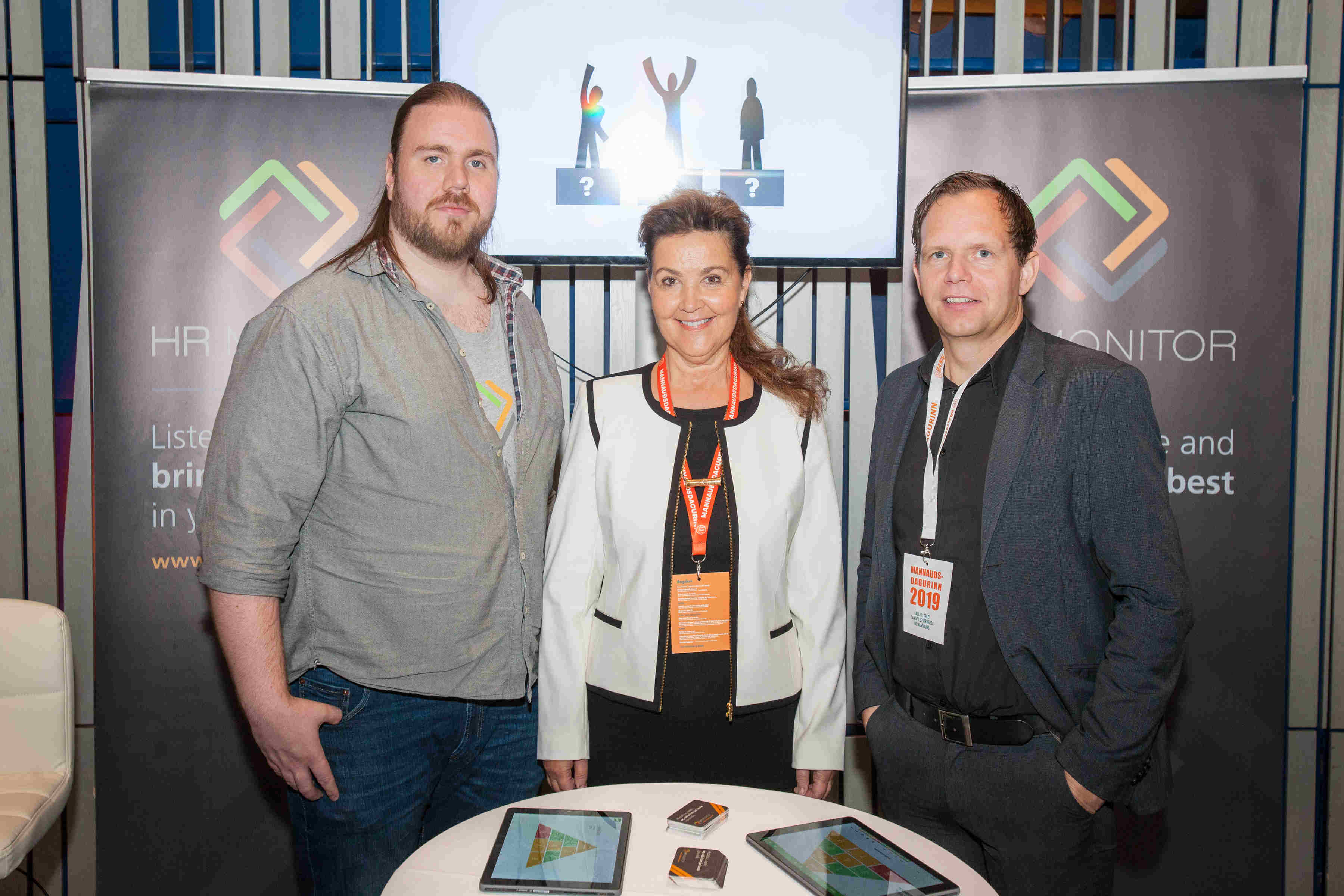
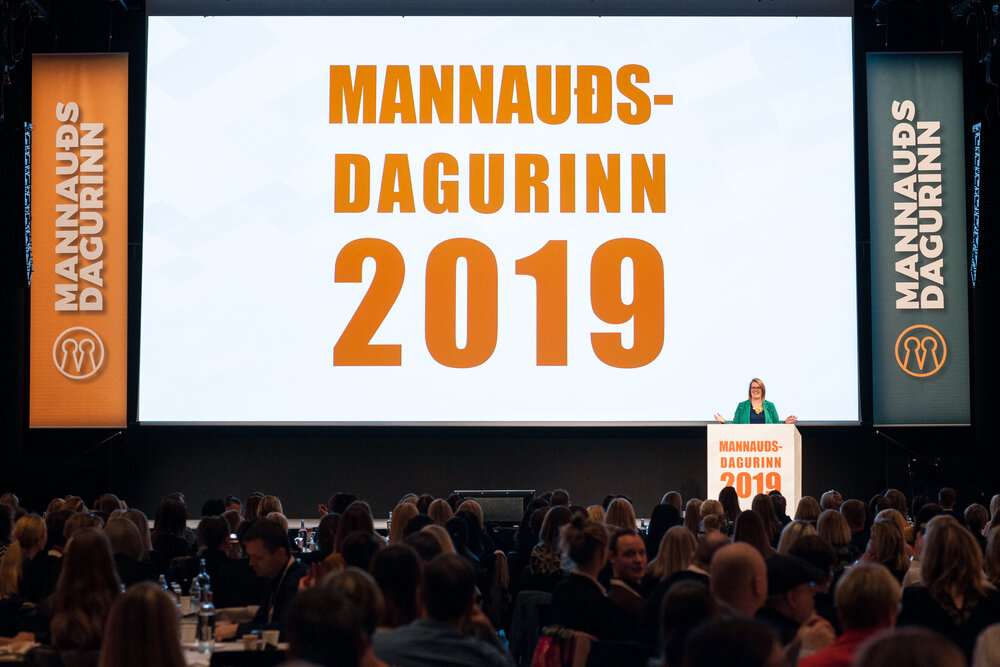
(06/17/2018) The founders of HR Monitor Trausti Hardarson and Gunnhildur Arnardottir)

(10/27/2017 Daniel Sigurdsson, HR Monitor)
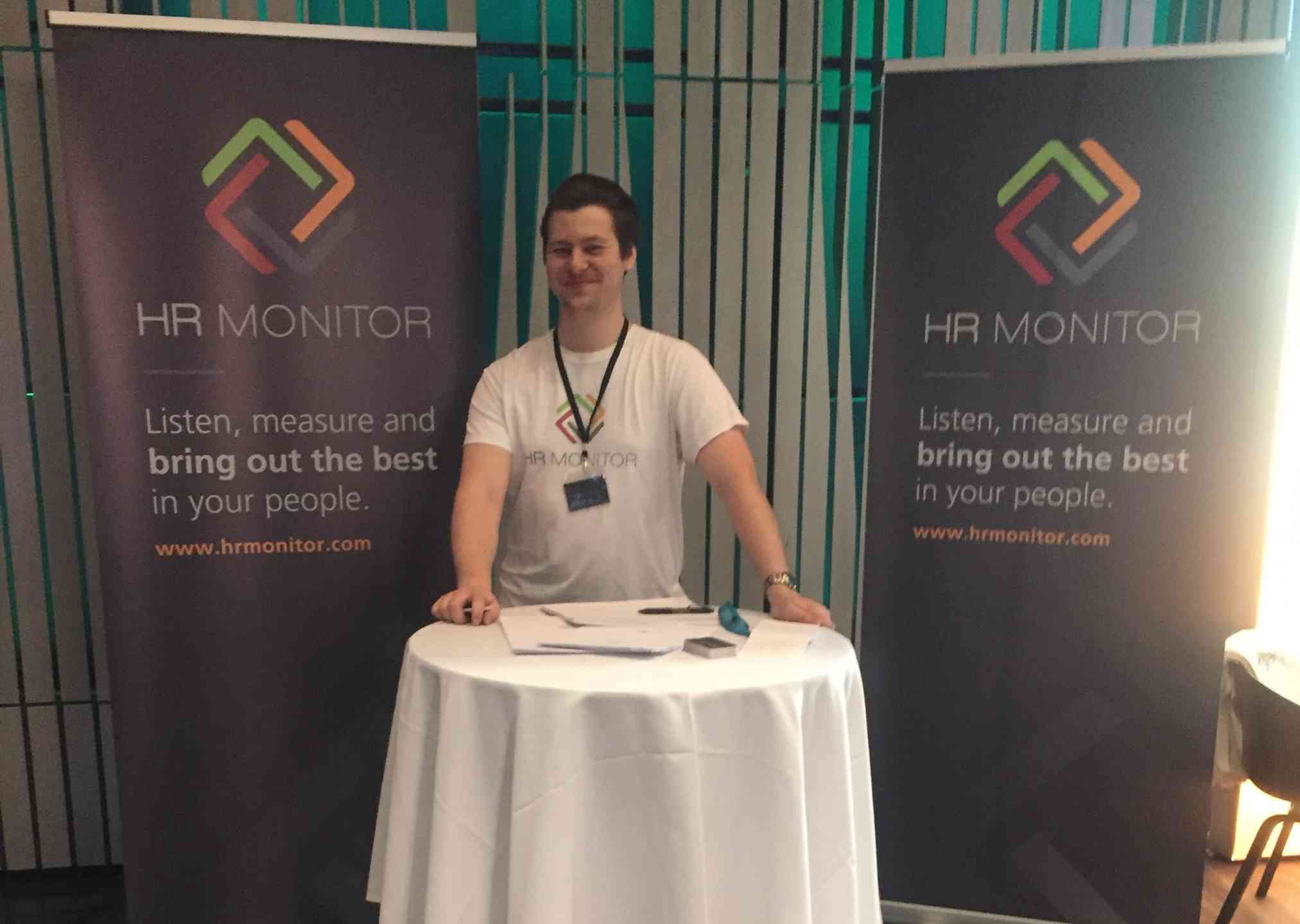
(10/23/2017 The founders of HR Monitor Trausti Hardarson and Gunnhildur Arnardottir)
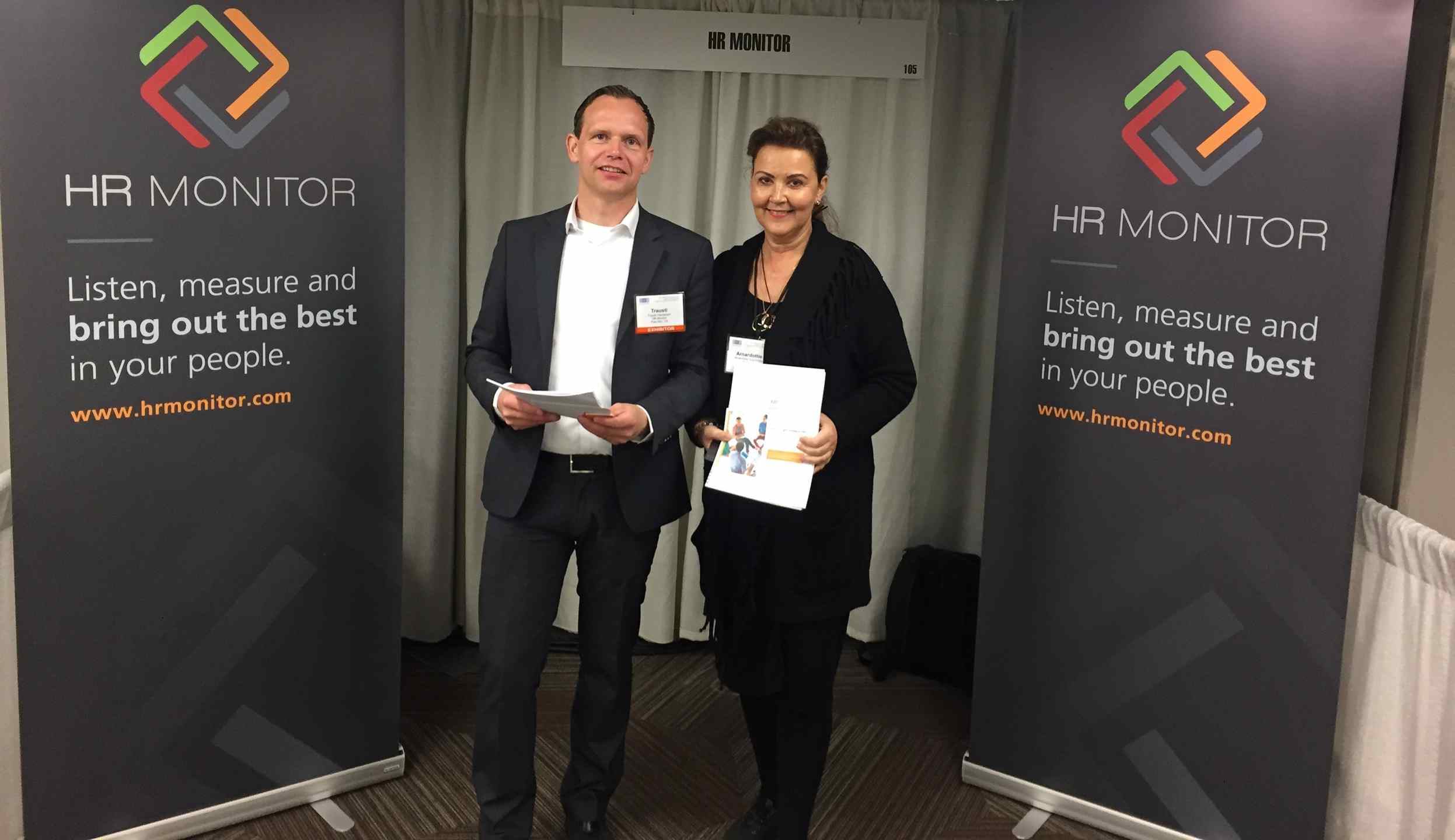
(9/17/2017 Trausti Hardarson and Andri Sigurdsson, HR Monitor)
Representatives of HR Monitor were visiting the Innovation House in Boston and their host Jon Stephenson von Tetzchner co-founder and CEO of Vivaldi Technologies (Vivaldi Web Browser) and former co-founder and former CEO of Opera Software.

How often should companies measure employee engagement?
(Translation of an article from Frettabladid 16.8.2017 written by Gunnhildur Arnardottir, co-founder at HR Monitor)
Measuring employee engagement in the workplace has been done for quite some time, on an annual basis. Such feedback is important and provides a range of information about employee views on important factors. However, the problem is that once the survey is taken, the results are usually published and reviewed many months later.
An increasing number of directors are realizing how valuable it is to measure employee engagement on a more regular basis. Faster disclosure to managers on these KPIs has a direct impact on the financial performance of companies. By conducting shorter and more focused surveys, you can immediately obtain feedback on where things are going well and where to do better. A new generation of employees is also being catered to, who want the trust of their managers and to be personally involved in shaping the workplace.
By being able to regularly provide one’s feedback on the workplace environment that is immediately published
and discussed, the employee feels that his opinion matters. At the same time, directors obtain feedback from
employees as to whether a project is being driven forward, whether employees know exactly what is expected
of them, whether communication is open and regular, and whether they value them as managers.
But it is not enough to measure engagement; one needs to understand the data, immediately present the
results to each team and openly discuss the results to address what needs to be changed. This creates a
stable learning curve and transparency that is beneficial to everyone in the workplace. Decision-making will
be more focused, managers will improve and employees will feel valued.
The first reactions by management are that employees will become disinterested and that the employee survey participation rate will decrease over time. HR Monitor is an Icelandic company that offers companies monthly, real-time tracking. During the survey period, all managers receive daily response rate information from their individual departments. Results clearly show that the more often the feedback is measured, the higher the response rate. This is in line with results of such surveys done abroad.
Richard Branson says: “Clients do not come first. Employees come first. If you take care of your employees, they will take care of the clients.” Employee engagement should, therefore, be measured monthly, just like other key figures of the company.
